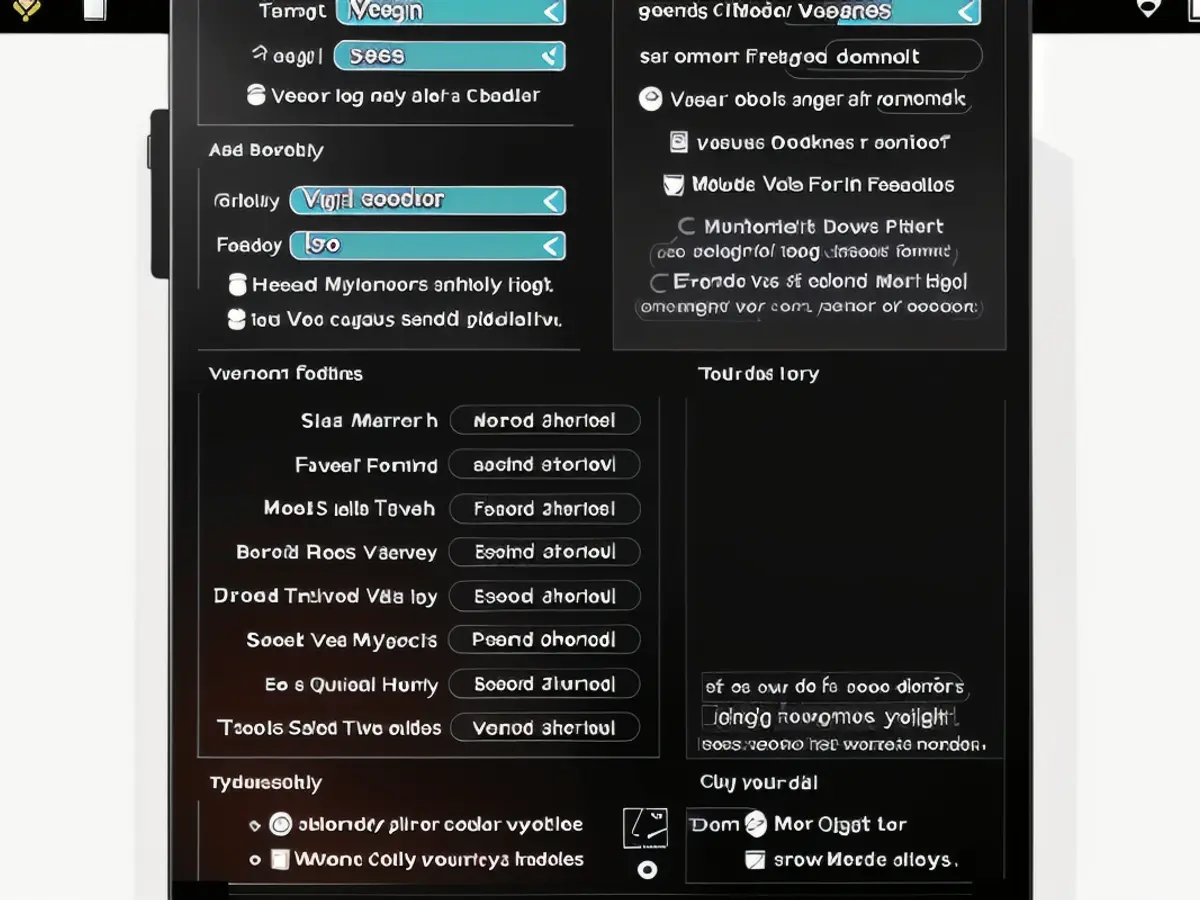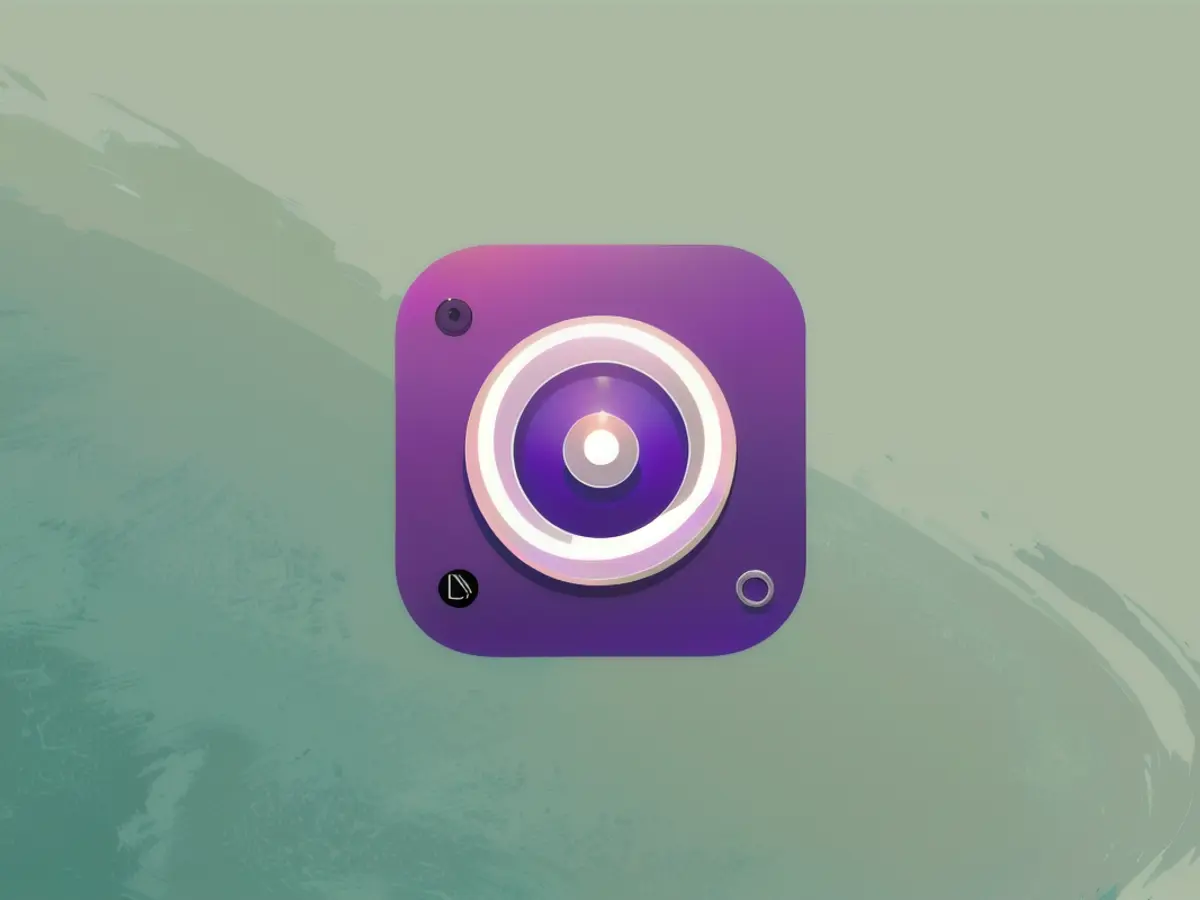A Speedier Option: QuickRecorder Outpaces Mac's Built-in Screen Recording Tool
Taking screenshots on a Mac is a breeze with the built-in tool, but recording your screen has always been a bit more challenging. Currently, the feature is spread across two apps - the screenshot tool (accessible by pressing Command-Shift-5) and the old QuickTime Player. A superior and more convenient option to macOS' built-in screen recording tools is QuickRecorder, a free utility. This tool offers an exceptional combination of macOS' screen recording features and exceptional customizability.
QuickRecorder allows you to record your Mac's screen, the screen of an iPhone connected to your Mac, or even capture audio from any app running on your Mac. This includes your web browser, video conferencing apps, or any other app that plays audio.
Why use a screen recording app?
A screen recording app records a video of your screen. It's handy for numerous reasons. If your Mac encounters issues, you can use a screen recording app to record a video and demonstrate the problem to either Apple or your go-to repair center. If your grandparent struggles to perform a task on their Mac, you can record your screen and send them a video to show how it's done. Quality screen recording apps give you the flexibility to choose the recording quality, optimizing it for either space or appearance. They also enable you to select whether to show the mouse cursor, record app audio, and record a voiceover with the screen recording. QuickRecorder covers all these features, and it's free, making it an attractive alternative to the screen recording tools provided by macOS.
Instruction: Instruction:
To install and set up QuickRecorder, download the app from GitHub (click on the dmg file to download, then double-click the download to install). When you attempt to run it for the first time, your Mac may prompt you to allow it. If so, go to System Settings > Privacy & Security and click "Open Anyway" to run QuickRecorder. This is a system security measure, but QuickRecorder is safe to use, so you don't need to worry. The app may also ask you to grant it the necessary recording permissions, which you can provide directly from the pop-up prompt.

Credit: Pranay Parab
Usage:
When the setup is complete, you can launch QuickRecorder. It will display a large, rectangular pane with user-friendly options. You can select one of the following options:
- System Audio: Captures audio from any app on your Mac.
- Screen: Records the entire screen.
- Screen Area: Allows you to define a rectangle on screen and just record what is within the rectangle.
- Application: Lets you choose an app and records all visible windows of that app.
- Window: Records the selected open window.
- Mobile Device: If you've connected a mobile device to your Mac using a USB cable, this option enables you to record the mobile device's screen. Typically, you'd do the screen recording directly on the mobile device, but this method saves you the trouble of converting formats and transferring the file to your Mac.
Upon choosing any of the above options, QuickRecorder shows you a record button next to a few additional options, for resolution, quality, and frames per second. Press the record button to begin recording. To pause the recording or end it early, click on the pause icon or the stop icon in the menu bar. Once the recording is complete, QuickRecorder saves the file to your desktop.
QuickRecorder also supports Presenter Overlay, a macOS Sonoma feature that enables you to record a video of yourself while recording your screen. On older macOS versions, the app allows you to record yourself along with the screen recording using your webcam.

Credit: Pranay Parab
Customizing QuickRecorder:
The default settings in QuickRecorder are sufficient, but you can customize it further for increased functionality. Upon launching the app, click the gear icon to open Preferences. Here you can tailor various aspects of your screen recording. Important options are listed as:
- Video Settings: Select between MOV and MP4 as video formats, and choose an encoder (H.264 for greater compatibility and H.265 for smaller file sizes).
- Audio Settings: Select audio format as AAC by default, but you can opt for MP3 for smaller file sizes or ALAC/FLAC for lossless audio. You can also turn on noise cancellation to suppress background noise.
- Shortcuts Settings: Set keyboard shortcuts to start recording without using the mouse.
- Other Settings: Choose to add a delay before the recording begins to give you time to prepare. You can also decide whether to include or exclude QuickRecorder and the menu bar from the recordings. The app can highlight the mouse cursor, making it easier to see where to click.
- Excluded Apps: Allows you to select which apps should not be recorded.
- Icon Settings: Use these to make the app visible or hidden in your dock or menu bar.
- Select Save Folder: Specify where your screen recordings are stored.
With these configurations, you can significantly enhance screen recordings on your Mac.

Read also:
If you're looking for a more advanced and customizable option for screen recording on your Mac, consider using a tech tool like QuickRecorder, which outperforms the built-in macOS screen recording app. This mac screen recording app offers features such as recording your Mac's screen, iPhone screen, or audio from any app, with quality options and the ability to include a voiceover.
Alternatively, when demonstrating tech issues to tech support or teaching a family member how to use their Mac, a screen recording app can be an invaluable tool. QuickRecorder, with its excellent customization options and user-friendly interface, is a great choice for Mac users looking for a tech-enhanced screen recording solution.








